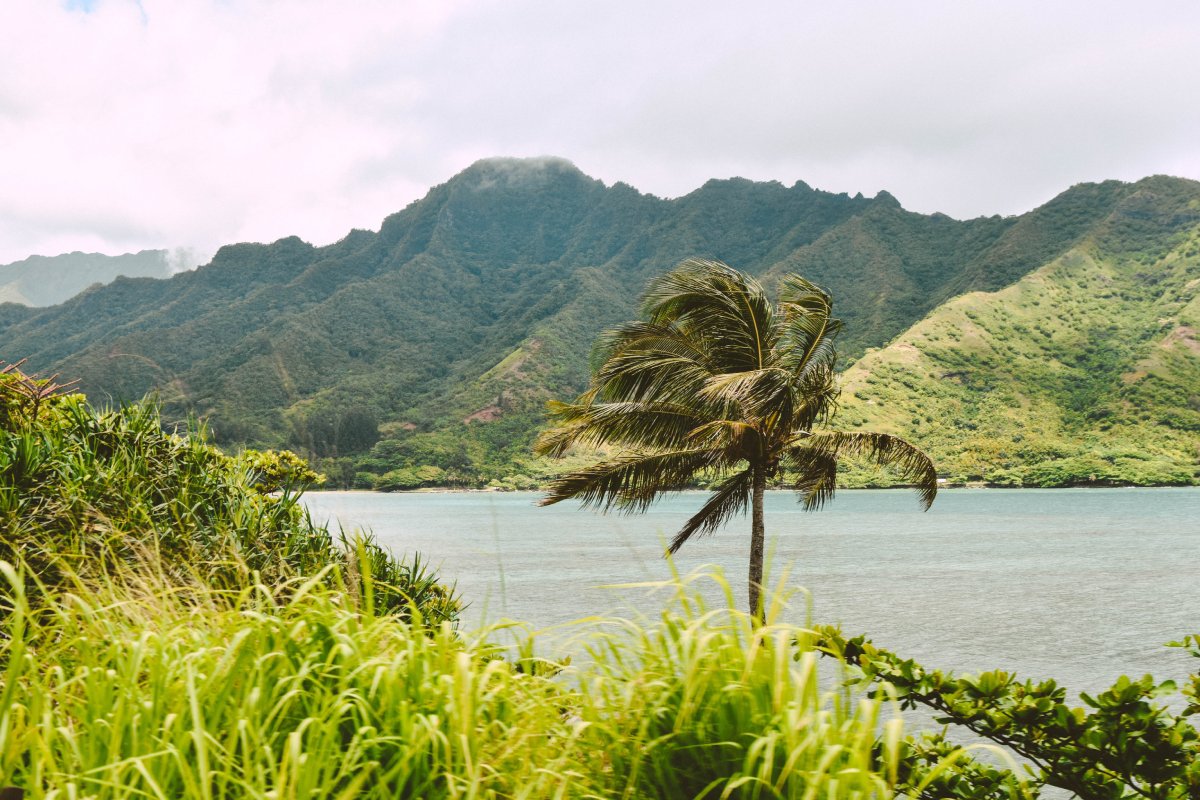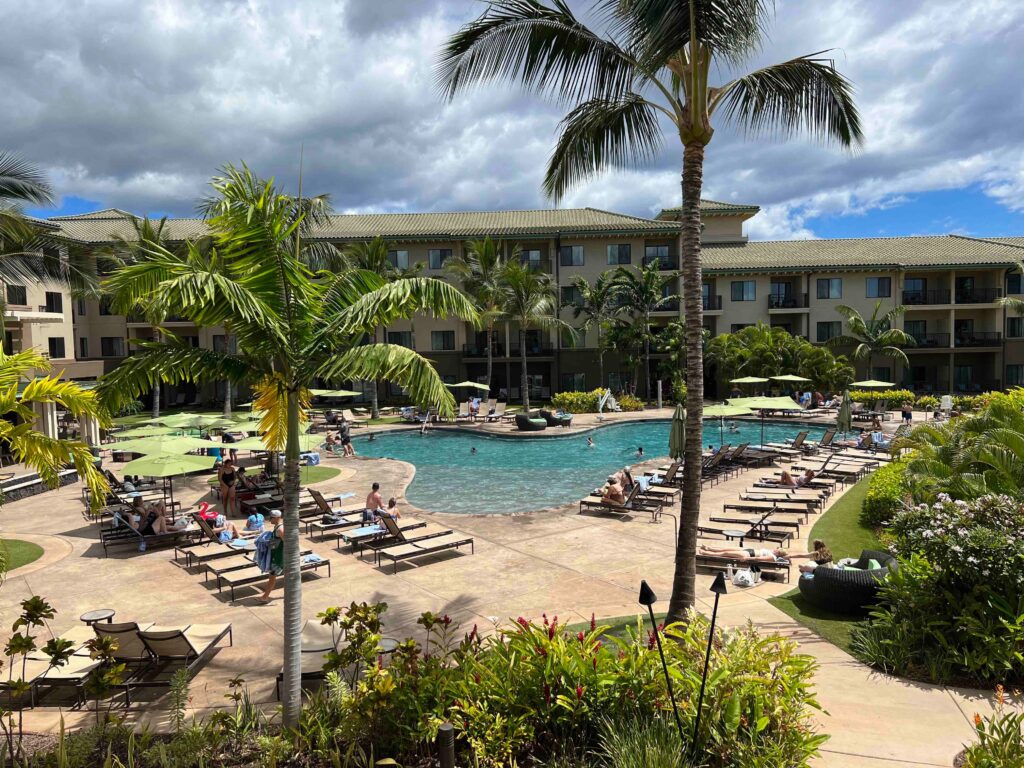Half of Maui's Hotel Rooms Sit Empty as Tourism Recovery Won't Be Quick

Photo Credit: Kate Musial Unsplash / Kate Musial
Skift Take
To save local jobs and livelihoods, Hawaii and Maui tourism leaders need to figure out how to balance sensitivity while getting their public messaging straight that parts of Maui are open and can serve tourists.
The healing from the tragedy in Maui will take time and residents are debating whether to encourage more tourism. Many officials and those in the industry are stressing that tourists are still welcome in parts of Maui and the rest of Hawaii and that the economic recovery is critical.
“We are trying to get all of our partners and national media to pretty much say the same thing so that we can assure that we do welcome visitors with open arms,” said Lisa Paulson, executive director of the Maui Lodging and Hotel Association. “By all means, our message is please still come here, but when you come here be respectful and donate some time and help with the recovery.”
Nearly half of all hotel rooms in Maui sat unfilled in the week ending August 19, with an occupancy rate of just 49%, according to CoStar.
“Our planes are empty. Our properties in Wailea are incredibly empty,” said Paulson. “People are already getting laid off. Restaurants are cutting back on hours.”
Unemployment claims have soared to nearly 7,000 during the week of August 9-17, up from a weekly average of 700 to 800.
United, American and Delta cut their number of scheduled flights to Maui from 373 to 275, according to Cirium. “Airlines have responded to the tragic events in Maui by reducing their service. That's in anticipation that it might be a while before tourism fully returns,” said Skift's Airline Weekly Senior Analyst Jay Shabat.
Tour operators have reduced their trips as well. G Adventures canceled two of its three trips in Hawaii that include Maui up until October 31. The remaining trip does not include Maui.
“We're still bidding for Hawaii and for other islands but we're just taking a sensitive approach,” said Kelly Torrens, vice president of product for Kensington Tours. “We're not actively generating leads for that island.”
About 70% of every dollar in Maui County is generated from tourism, according to the Maui Economic Development Tourism Board.
The drop in tourism follows the tragic series of wildfires that spread in West Maui and devastated the historic town of Lahaina, claimed 114 lives, destroyed homes and caused billions of dollars in damage. Over 1,000 people are missing. It’s been called the deadliest wildfire in history.
Tourism businesses closest to Lahiana suffered the worst damage. At least three hotel properties have been destroyed, said Paulson.
“We have reports of fleets of vehicles being lost, beautiful catamarans being completely destroyed and a property that we don't usually use in Lahaina, but that was very iconic was completely flattened,” said Torrens.
With the exception of West Maui, the rest of the island and Hawaii are safe and open to the public and travelers are encouraged to visit them, said Hawaii Governor Josh Green in a public address with President Joe Biden. Lahaina is off limits to the public.

The Hawaii Tourism Authority said travelers are “encouraged” to visit Kahului, Wailuku, Kīhei, Wailea, Mākena, Pāʻia, Hāna and other areas and “refrain from going to West Maui.”
Nearly 2,400 people are currently being sheltered at 10 hotel locations around Maui. Of the 10, 6 are in Lahaina, 2 are in Wailea and two are in Kahului as of August 22, according to the Maui County government.
Some hotels like Napili Kai Beach Resort in West Maui are housing employees who have lost their homes, and have no services like internet access. On its website, the hotel said it will not accept guest bookings until October 1.
Maui’s Ripple Effect on Hawaii
Hawaii’s tourism leaders have a messaging challenge. Because of the island’s importance, the larger Hawaii tourism economy, which accounts for a quarter of the workforce, is at stake.
Known for its geographic diversity, Maui is Hawaii’s second most popular island for tourists, behind O‘ahu, home to Pearl Harbor, Honolulu and Waikiki Beach. In the first half of 2023, Maui welcomed 1.5 million visitors.
But tourists may postpone their trips if Maui seems unavailable right now.
The wildfires are costing the Hawaiian economy around 10,000 jobs and $1 million in visitor spending per day, according to a presentation given by the Hawaii Tourism Authority during an emergency board meeting on August 15.
The damage comes as Hawaii tourist spending exceeded its pre-pandemic level. In the first half of 2023, visitor spending was $11 billion, up from $9 billion in 2019, according to the Hawaii Tourism Authority.
The Hawaiian Tourism Authority has requested that the governor declare a tourism emergency. Under state law, HTA can request the governor make a declaration if a catastrophic event has adversely affects Hawaii's tourism industry and the welfare of its people. If approved, HTA would be able tap into a special fund of $5 million.
An HTA executive told the Hawaii Star Advertiser that an interaction group is ready to come up with a plan once the funds are approved. One of the group members told the Star Advertiser that a current focus has to let visitors know that only West Maui is closed to tourism.
State tourism bureaus typically devote marketing resources after extreme natural disasters. In 2022, Visit Florida launched a marketing campaign called the “Sun’s Shining in Florida” after Hurricane Ian devastated Fort Myers and other communities in its southwest region.
The messaging obstacle will be challenging for HTA, as its marketing autonomy and budget has been drastically eroded these past few years by the legislature and governor in response to their constituents unhappy with tourism’s impact on local lives and ecosystems.



